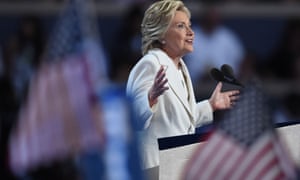China is to set up an anti-terrorism alliance with Pakistan, Afghanistan, and Tajikistan, state media said on Thursday, as it seeks to boost coordination with neighbors to tackle what it says is a growing domestic militant threat.
Fang Fenghui, a member of the powerful Central Military Commission which controls China's armed forces, hosted a meeting with his counterparts on Wednesday in Urumqi, capital of the western Xinjiang region, where officials say they are battling Islamist militants.
The four countries recognized the serious threat of terrorism and extremism to regional stability, the official Xinhua news agency said, and they agreed to set up a "four-country mechanism" for intelligence sharing and training.
"All parties reaffirmed they will cooperate to respond to these forces, and safeguard all member countries' peace and stability," Xinhua said.
Afghan army chief of general staff, General Qadam Shah Shaheem, Pakistani army chief General Raheel Sharif, and the Chief of General Staff of the Tajikistan armed forces, Major General E. A. Cobidrzoda, took part in the talks, the news agency said.




 Source: PRS Legislative Research
Source: PRS Legislative Research






